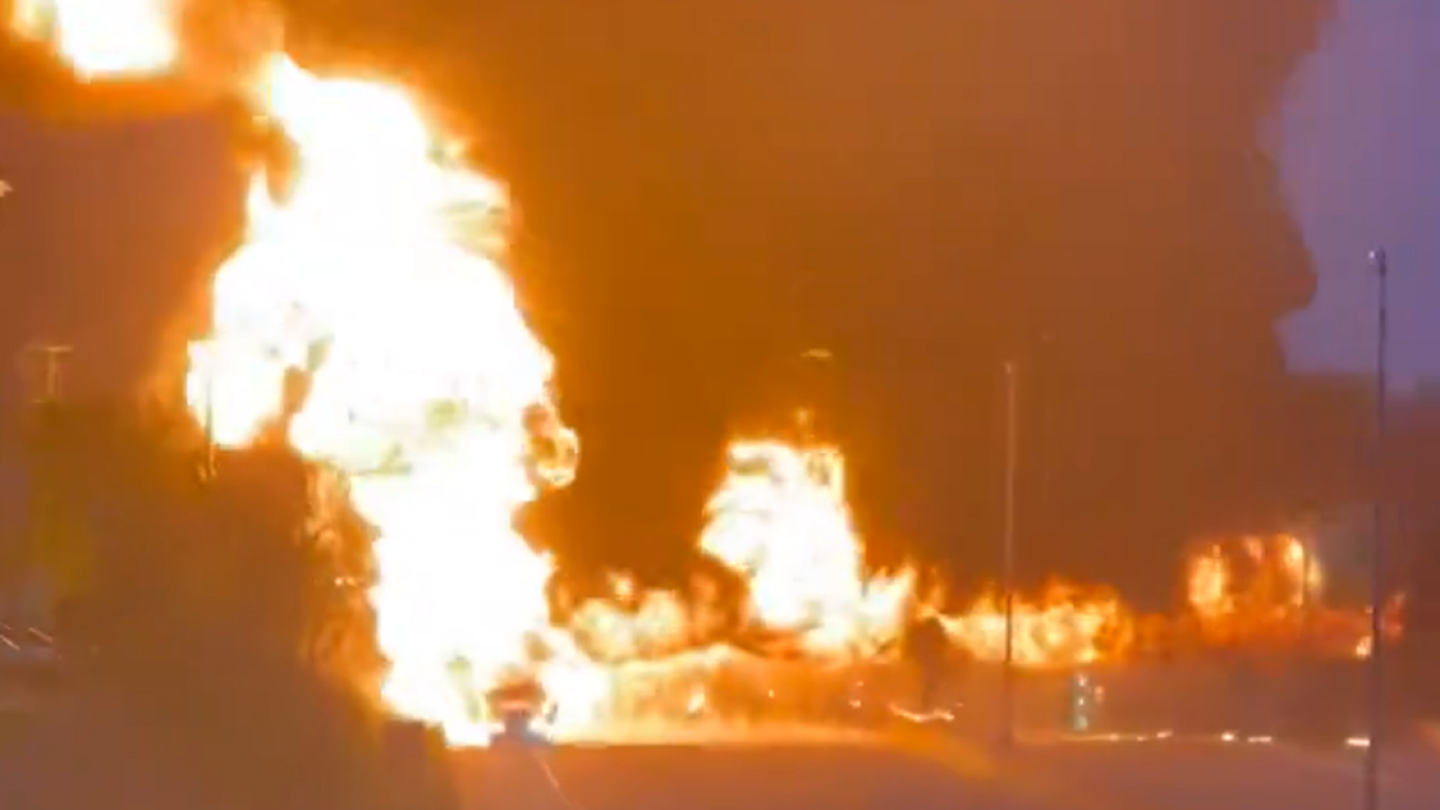Hazards and Hazmat
The hazards and hazmat topic section covers operations involving hazardous materials, including chemical, biological, radiological, nuclear and explosive (CBRNE) incidents.
The latest insights and best practices
Teutopolis and Montrose firefighters were recognized for bravery during an anhydrous ammonia tanker crash
Tanker carrying 8,500 gallons of gasoline on I-95 in Norwalk was involved in a collision with a tractor-trailer and a car
The firefighter were called to investigate the gas leak; at least six fire trucks were flung into the rubble
Firefighters encountered a yellow, smoke condition when they responded; they were treated and later released
Five local fire departments responded and chose to let the sludge burn until an industrial fire expert arrived
Nine public safety personnel were among those transported for treatment of minor eye and throat irritation
A hazmat crew contained the spill, and firefighters rinsed off the skin of everyone who may have come into contact with the chemical
While not as popular as in Europe, swap-body modular apparatus have a definite place in the U.S. fire service
Firefighters later confirmed to the attorney general that the gas leak was severe enough to close the restaurant for the night
Hazmat crews were called when a woman died in a chair amid debris with a kitten in a carrier on her lap
The firefighters were sickened after encountering a toxic, chemical gas mixture
The facility stored ammonium nitrate, the same fertilizer that ignited a deadly explosion in the town of West last year
Four people complained of respiratory difficulties; two were transported to the hospital
The fire shut down the facility and forced the city’s utilities department to turn to a backup plant to restore power to thousands of customers
The plan would require rail companies to notify responders when transporting a hazardous material through their jurisdictions
The blast may have been caused by a natural gas leak at a pizza restaurant reportedly under renovation
NTSB chairwoman Deborah Hersman said the government needs to take steps immediately to protect the public from potentially catastrophic oil train accidents
Following these steps will make awareness-level firefighters safe and effective when first on a hazmat scene
The number of confirmed dead increased from 18 to 21; searchers are worried about dysentery, tetanus and contamination
What you can’t, and can, see on your PPE will hurt you; follow these steps to avoid exposure to cancer-causing agents
The explosion shook houses and set a fire that could be seen fire miles
hey were sprayed with foam while lying in gas, but they continued to extricate the tanker driver
Not fully using the technology available can compromise the fire attack and firefighter safety
Better emergency-response planning along train routes is among the safety changes
Viewer video from the scene showed flames ripping into the air just before an explosion was heard
Rail disasters are growing more frequent and more severe and can happen in just about any community
N.C. fire engineer marries his background in computer engineering with firefighting to develop award-winning app
The thick, oily smoke could be seen as far as 18 miles from the fire; no injuries were reported
Meters showed a high level of gas, prompting the fast evacuation
Cancer-causing agents can reach a firefighter, even one in full PPE; here are simple steps to reduce your risk
Officials cautioned that the water may still have a slight licorice-type odor, raising the anxieties of some who believed it was still contaminated
MOST POPULAR
- New HAZMAT Training Available
- NFPA and SAE announce national safety summit on the safe implementation of electric vehicles
- Rae Systems Inc. Simulates Hazardous-Materials Incident and Real-Time Response at FDIC 2010
- Detroit mandates first responders clean bloody scenes
- FDA AND NIOSH Public Health Notification: Oxygen Regulator Fires Resulting from Incorrect Use of CGA 870 Seals






